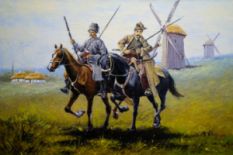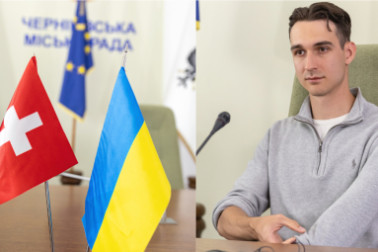
Official Symbols
Switzerland comprises 26 cantons, each with its official symbols, including a flag and a coat of arms. However, there are also national symbols respected in all cantons.
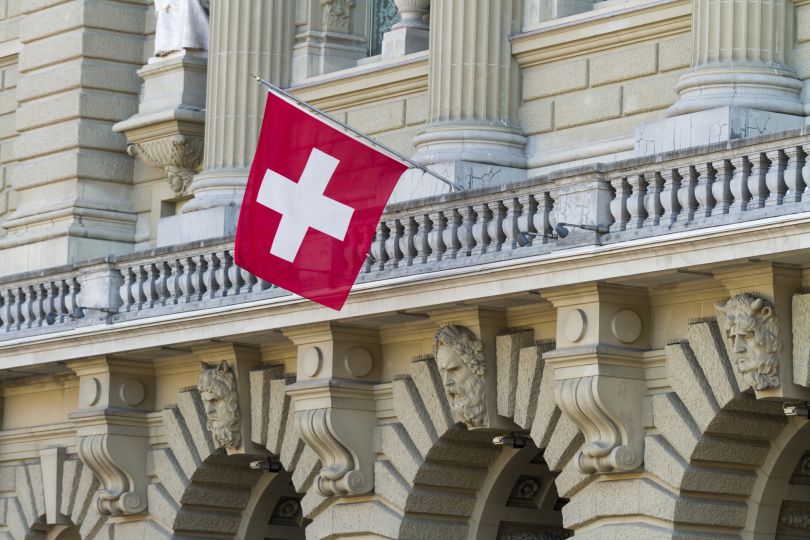
Flag of Switzerland
It is a unique national symbol, being square. It is one of the two square national flags in the world, the other being that of Vatican City. The Swiss flag is a red square cloth with a straight white cross in the center, whose ends do not reach the edges. It became the national flag in 1889. According to the most popular version, it originated from the coat of arms of the Canton of Schwyz (one of the three cantons that formed the Swiss Confederation in 1291, along with Uri and Unterwalden).
The fascinating origin of the white cross is that soldiers who fought in the Battle of Laupen on June 21, 1339, attached it to their attire to distinguish themselves from enemies. Interestingly, Ukrainian soldiers in the current war with Russia also use the white cross for the same purpose.

Coat of Arms
The coat of arms of Switzerland contains the same white cross as the national flag but in the center of a red shield. Like the flag, the coat of arms symbolizes power and a public sign protected by the Law on the Protection of Coats of Arms.
National Anthem of Switzerland
Another national symbol is the anthem. In Switzerland, it is a psalm: "Trittst im Morgenrot daher" (When the Morning Sky Appears Red), composed by Alberich Zwyssig and with lyrics by Leonhard Widmer. Significantly, the anthem features the color red. As a church hymn, the melody was used until 1841, when it was combined with Widmer's lyrics.
In 1961, the Federal Council decided to temporarily use the Swiss psalm as the national anthem in military and diplomatic cases. Finally, in 1981, it was officially established as the national anthem.
Interestingly, the first Swiss national anthem in 1811 was "Rufst du, mein Vaterland" (When You Call, My Fatherland) by Johann Rudolf Wyss, set to the melody of the British national anthem, "God Save the Queen."
Unofficial Symbols
For most tourists, the unofficial symbols of Switzerland would still be chocolate, cheese, the Alps, and perhaps neutrality. But even here, we have a lot of exciting things to share. So what are the unofficial symbols of this beautiful country?
Unofficial Motto
"One for all, all for one" in Latin is "Unus pro omnibus, omnes pro uno." This phrase gained the most popularity in the 19th century. After autumn storms caused massive floods in the Swiss Alps in 1868, official authorities initiated a relief campaign under this motto to emphasize the sense of solidarity and national unity among the Swiss.
This motto is also very close to Ukrainians, not only because of the phrase from Dumas' novel about the musketeers, which was highly popular in our territories but also due to recent events. We know how to unite to overcome the consequences of Russian aggression, including the flood caused by the occupiers' sabotage of the Kakhovka Hydroelectric Station.

The National Musical Instrument - Alphorn
The Alphorn, also known as the Alpine horn, is a straight, several-meter-long natural wooden horn with a conical bore and cup-shaped mouthpiece. Traditionally, the Alphorn was made from a single piece or, at most, two pieces of red pine wood.
Modern Alphorns are sometimes composed of three separate parts that can be assembled together as needed. This is done to facilitate transportation by car or even manual carrying. Nowadays, they are often made from spruce or fir wood.
Residents of the Swiss Alps use alphorns. Similar wooden horns were used for communication in most mountainous regions of Europe, from the Alps to the Carpathians. Ukrainians can probably already sense their connection with the Swiss, as we also have a similar instrument still used in the Ukrainian Carpathians – our tremble. Alongside the bandura and kobza, it can confidently be considered a national musical instrument of Ukraine.
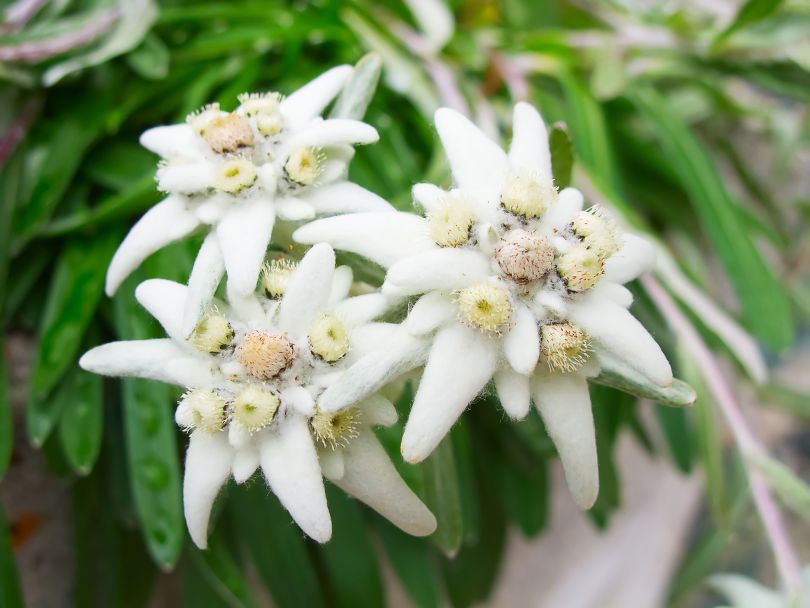
National Flower - Edelweiss
This delicate mountain flower with fluffy white petals is widely recognized as the national flower of Switzerland. It is used on currency, badges, and insignias and depicted on the logo of the national tourism organization.
Despite its delicate appearance, it can withstand extreme weather conditions. Each part of the flower is highly resilient. It has wind-resistant stems, sturdy roots, leaves that prevent evaporation, and petals protected from ultraviolet rays. It is a beautiful symbol of resilience and strength.
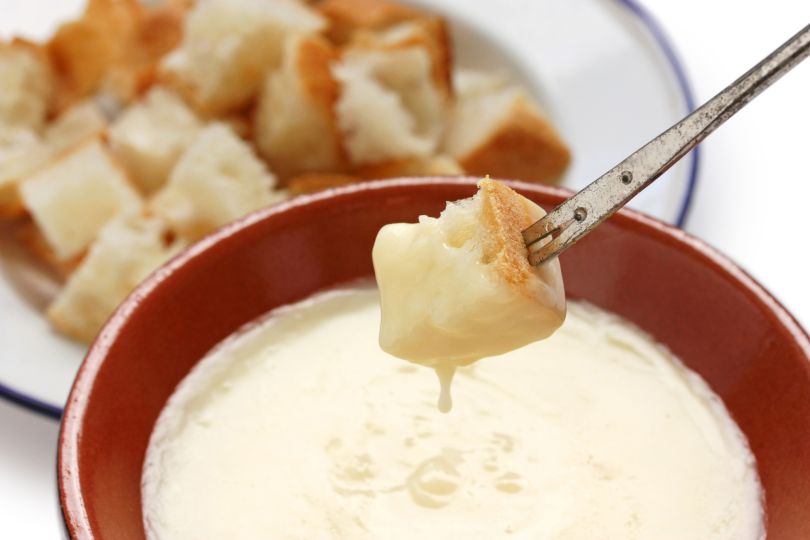
National Dish
In addition to delicious chocolate and cheese, which we mentioned for the third time because they are truly popular, the Swiss are also known for traditional dishes such as fondue and rösti.
Fondue consists of various melted kinds of cheese served in a caquelon or other ceramic pot. To melt the cheese, a small burner is placed under the caquelon. Depending on your preferences, you can dip bread, meat, and vegetables into it.

To experience an unparalleled breakfast delight, you must try rösti. Crispy on the outside but gooey on the inside, this potato-based pancake is often combined with bacon, beef, pork, salmon, onions, cheese, and almost anything else.
If you have yet to try these dishes, know that you have yet to taste Swiss symbols. So, it's time to make up for it.
Many guns, few criminals.
Among developed countries, Switzerland has one of the highest civilian gun ownership rates. However, it is also one of the safest.
The reason why such a large number of people in Switzerland own firearms is that compulsory military service exists in this country. After completing their service, all military personnel can take home their service weapons, ensuring they are always ready to defend their country. The purpose is to protect the country, not for armed attacks. The Swiss are very responsible gun owners.
Women started voting only in 1971
Switzerland was one of the last countries to grant women the right to vote at the federal level. Women obtained the ballot in 1971. However, the canton of Appenzell Innerrhoden did not allow women to participate in local elections until 1991 when the Swiss Federal Supreme Court ordered it to do so.
Switzerland ranks 5th in Europe in terms of women's representation in parliament. Among the deputies, 42 percent are women.
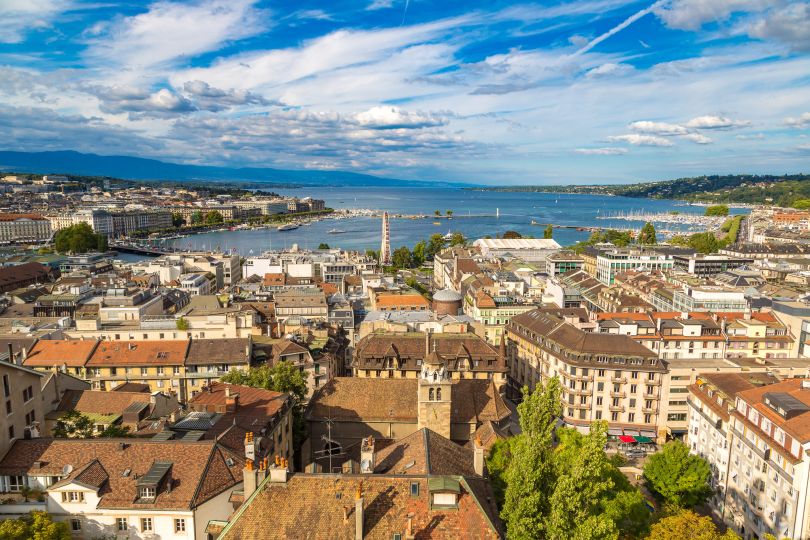
Switzerland has no official capital.
This is a fascinating fact about Switzerland, but contrary to popular belief, Bern is not the capital of Switzerland. The country has no official capital, although the federal government is located in Bern.
Geneva and Zurich are also often considered capitals, but neither of these cities can claim the status of capital.
These are just a few interesting facts about Switzerland that we want to share with you. So stay tuned for upcoming posts.
